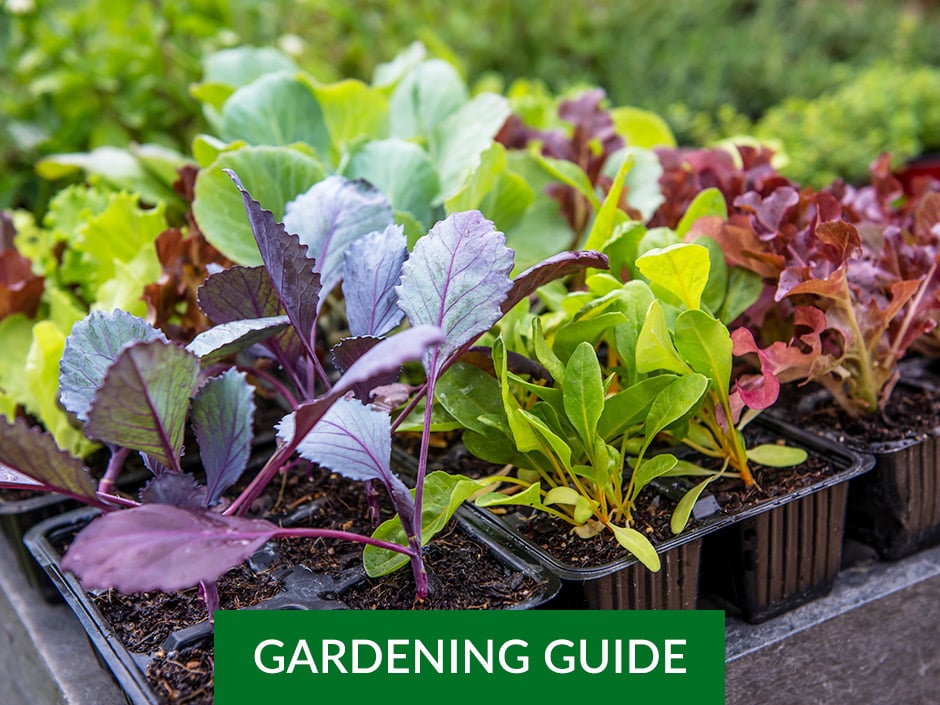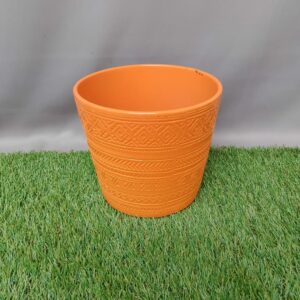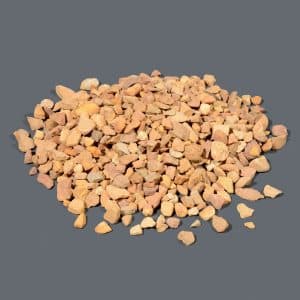July
Western Cape guides

You might also like
Shop online
-
- Sale!
SAVOUR EXIGENT 400G , 2KG , 4KG OR 10KG
- R91.99 – R1,299.99
- Select options This product has multiple variants. The options may be chosen on the product page Learn More
-
- Sale!
POT COVER CERAMIC LINA MANDARIN GLOSS TRIBAL 16.5 CM
- Original price was: R399.99.R279.99Current price is: R279.99.
- Add to cart Learn More
-
PLASTIC WALL BRACKET WHITE / TERRA / GREEN / BLACK
- R44.99
- Select options This product has multiple variants. The options may be chosen on the product page Learn More
-
DRAINAGE CHIPS
- R69.99 – R99.99
- Select options This product has multiple variants. The options may be chosen on the product page Learn More




